1. That One Hideous Yet Sentimental Piece of Décor

It could be a ceramic clown from Grandma or a framed quote about “Live, Laugh, Love” that nobody actually laughs at. One person thinks it’s charming and nostalgic, while another is slowly going mad looking at it every day. It sparks debates over taste, family loyalty, and whether love really means accepting someone else’s tragic design choices. You may not say it out loud, but someone in the house absolutely hates it.
This object tends to linger because it’s emotionally loaded. Getting rid of it feels like betrayal, but keeping it can feel like an aesthetic prison. Often, the compromise is to “relocate” it—translation: banish it to the basement or guest room. But even that decision can start a whole new argument about disrespecting the past.
2. The Junk Drawer
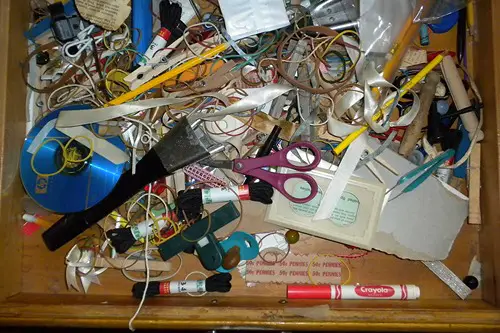
Everyone has one, and no one agrees on what should be in it—or how long anything should stay there. It’s the drawer that swallows scissors, old batteries, expired coupons, and mysterious cables that belong to devices no one can identify. Someone always wants to clean it out, while someone else insists everything is still “useful.” Cue a loud debate over why there are six takeout menus from restaurants that closed five years ago.
The real conflict here is about clutter versus control. Some people see the junk drawer as a comforting chaos, while others see it as a festering symbol of disorganization. It often reflects deeper household values about order, sentimentality, and hoarding. Decluttering it becomes a psychological landmine—you’re not just throwing out stuff, you’re apparently throwing out memories.
3. The Thermostat
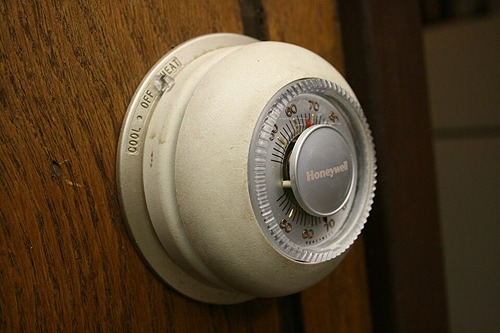
This tiny wall-mounted device might look innocent, but it can singlehandedly ignite a full-blown civil war. One person’s “perfectly comfortable” is another’s “why is it Antarctica in here?” The classic thermostat battle often plays out between the perpetually cold and the always-sweaty, with no middle ground in sight. Add in smart thermostats with remote control access, and suddenly it’s a stealth war of temperature sabotage.
What makes this so explosive is that comfort is deeply personal—you’re not just arguing about degrees, you’re arguing about how someone feels. And when utility bills enter the conversation, the stakes get even higher. You’d think it’d be solved with a compromise, but somehow, no one’s ever actually comfortable with the compromise. Just wait for winter or summer—it’s basically an emotional battleground.
4. The TV Remote
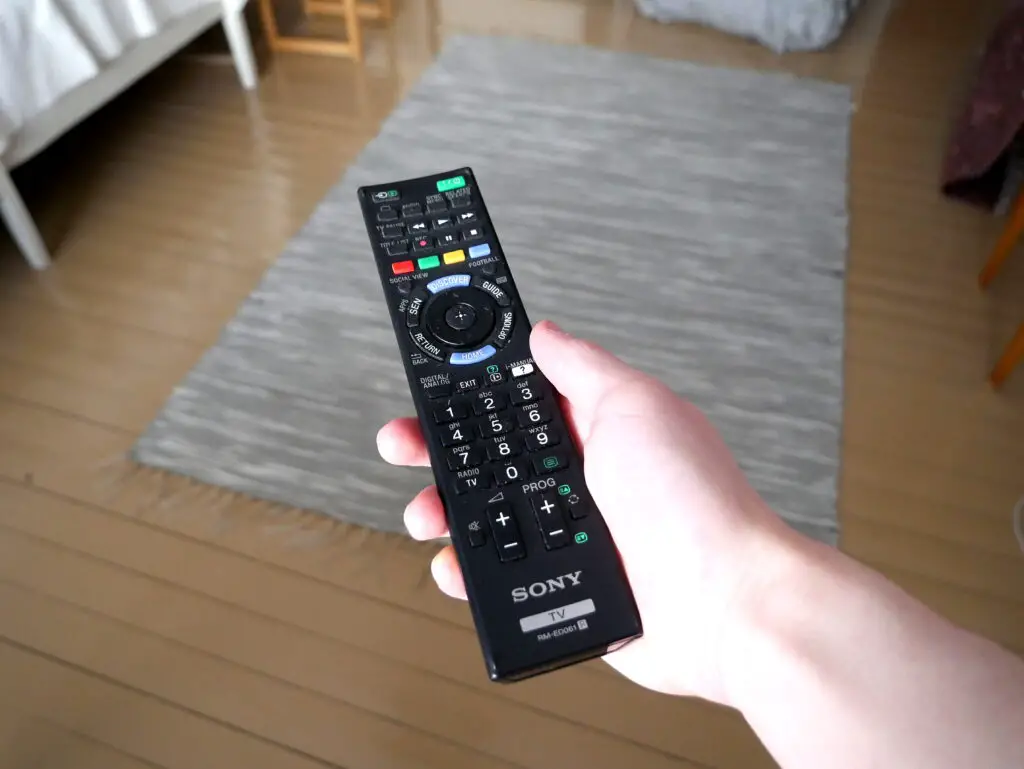
The TV remote is basically a trophy in the power struggle of shared living spaces. Whoever holds it controls the vibe: sports, true crime, prestige dramas, or yet another rewatch of The Office. It only takes one person flipping to something controversial or boring to start a fight. And if it goes missing, prepare for accusations, passive-aggressive comments, and a full-on living room interrogation.
What makes this object particularly volatile is that it becomes a symbol of control. Family members often don’t realize how attached they are to their screen-time rituals until someone disrupts them. The tension doubles during holidays or Sunday nights when everyone wants to watch something different. No one wins—except maybe the person who hid the remote last.
5. The Bathroom Towels

Yes, towels—because there are “display” towels and “actual” towels, and woe unto the person who confuses the two. Some people see towels as tools, while others treat them like sacred linens from a royal estate. Touch a decorative towel with wet hands and you’ll hear about it for the rest of the day—or longer. You might even find yourself drying off with a dishcloth out of spite.
This fight is about more than terry cloth—it’s about boundaries, household rules, and mutual respect. One person’s practicality is another’s perceived disrespect for the home. And don’t even get started on how they’re folded—tri-fold or rolled is not a debate, it’s a standoff. If you ever hear “Who used the nice towels?” just walk away.
6. The Refrigerator Door

Not the fridge itself, but how it’s used—specifically, when someone stands there with the door open for five minutes. Someone inevitably shouts, “You’re letting all the cold out!” and suddenly you’re not just cooling off food, you’re heating up tempers. This argument often comes with a lecture about energy efficiency and utility costs. Meanwhile, the other person is just trying to figure out what to snack on.
The fridge door symbolizes two clashing mindsets: the planner versus the improviser. One believes in knowing exactly what you want before opening the door; the other needs to “see what feels right.” The irony? Both claim to be trying to reduce food waste. But somehow that shared goal still turns into a yelling match over leftover pasta.
7. The Wi-Fi Router
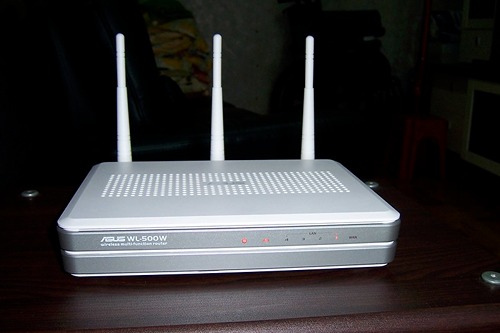
When the internet goes down, even for a few minutes, it’s chaos. Suddenly everyone is a tech expert, and someone’s accusing someone else of streaming too much or downloading shady files. If the router’s in a common area, there might be debates about unplugging it, moving it, or “who kicked the cord again.” In multi-generational homes, expect intergenerational tension over whose device is causing the lag.
The router fight isn’t really about tech—it’s about access and blame. The person resetting it wants control, and the person waiting for it to reconnect wants justice. Online school, work-from-home, and binge-watching have turned Wi-Fi into a basic human right. So if you mess with the signal, you’re basically threatening the social contract.
8. The Dishwasher
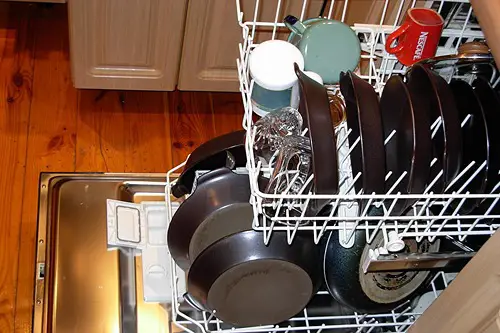
Load it “wrong” and you might as well have insulted someone’s entire upbringing. Is it plates on the bottom and bowls on top, or the other way around? Someone’s convinced you’re ruining the silverware by laying it down, and someone else swears by their chaotic-but-efficient method. It’s amazing how something meant to reduce work causes so much emotional labor.
At the root of this fight is differing concepts of efficiency and cleanliness. Some people are visual organizers, others just want to fit as much as possible. There’s also the sneaky accusation that “you’re doing it wrong on purpose so you won’t be asked again.” A discussion about dish placement can quickly become an interrogation about relationship dynamics.
9. The Group Calendar

Whether it’s a wall calendar or a shared Google Calendar, someone’s always annoyed it’s not being updated. You’ve got one person who swears they told everyone about the soccer game, and another who’s hearing about it for the first time. Then someone else double-booked themselves because the calendar wasn’t “synced.” Suddenly, your family has turned into a failing start-up with no project manager.
What makes this so frustrating is the illusion of order. A calendar should theoretically prevent arguments, but when it fails, people feel betrayed. It’s a flashpoint for resentment about who does the mental labor of keeping the family organized. Expect someone to say, “If you wanted it on the calendar, you should’ve put it there yourself.”
10. The Mail Pile

Mail piles are silent, slow-burning sources of resentment. Someone dumps the unopened envelopes on a table, and someone else accuses them of ignoring bills or missing important paperwork. Mix in some expired coupons, unopened birthday cards, and a political flyer or two, and it turns into a minefield. Try sorting it and you’ll be blamed for throwing away something “important.”
This argument is usually about responsibility and priorities. The mail pile grows when no one claims ownership over it, yet everyone feels the consequences. One person may think, “Out of sight, out of mind,” while another sees a stack of slowly accumulating anxiety. Even buying a mail sorter can spark drama about who’s actually going to use it.
11. The Tupperware Cabinet

Open it and you risk an avalanche of mismatched lids and containers that haven’t seen use since 2011. Someone swears they organized it last week, but it somehow returned to its natural chaos. There’s always one person hoarding yogurt tubs “just in case” and another who wants to throw everything out and start over. Arguments escalate when a key lid is missing and the blame game begins.
This is a debate about space, clutter, and kitchen values. Some see it as a system worth preserving; others believe it’s a lost cause. Also, no one can agree on which containers are microwave-safe or who melted the red one. Just mentioning the word “Tupperware” in some homes is enough to start a multi-day cold war.
12. The Family Whiteboard or Bulletin Board

What starts as an innocent communication tool often turns into a passive-aggressive war zone. Someone leaves a note that says, “Don’t forget to feed the dog,” and someone else responds with “Maybe if you reminded me in person.” The messages quickly go from logistical to emotional, and suddenly the dog is just a metaphor for neglect. Bonus points if someone erases a heartfelt message to make room for grocery lists.
This object turns into a proxy for emotional expression. Some families use it functionally, others weaponize it without even realizing. It can serve as a scoreboard for household contributions or failures. Before long, the dry-erase marker becomes a loaded weapon in a battle for validation.
13. The “Good” Dishes

These are the fancy plates that no one’s allowed to use—unless it’s a holiday, a visit from royalty, or maybe the Queen herself. Someone inevitably uses one “by accident,” and suddenly it’s a federal offense. Arguments arise about what counts as a special occasion and who gets to make that call. It’s not just about plates; it’s about tradition and respect.
The fight over the “good” dishes is about control and values. Some family members think, “Why have nice things if we never use them?” while others believe saving them maintains their importance. It’s also a generational divide—Millennials might see it as unnecessary, while Boomers might see it as sacred. In some households, breaking one of these dishes is remembered longer than most birthdays.
This post 13 Objects Found in Homes That Could Start a Family Argument in Under Five Minutes was first published on Greenhouse Black.
